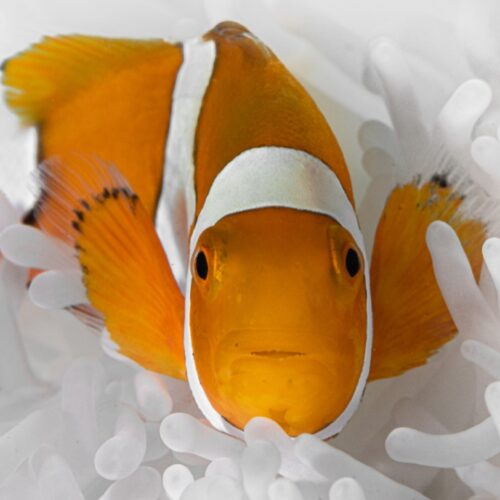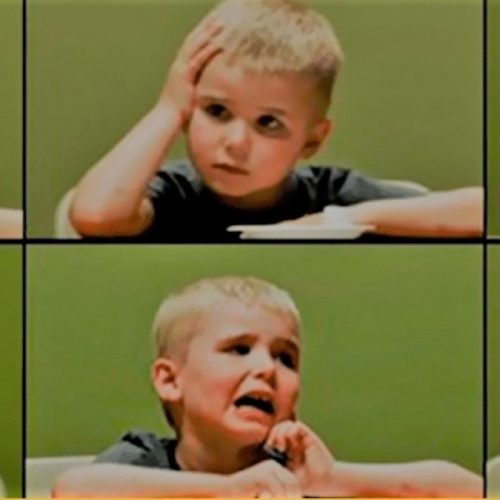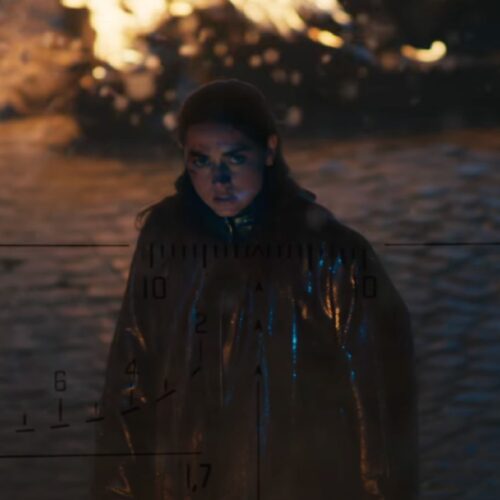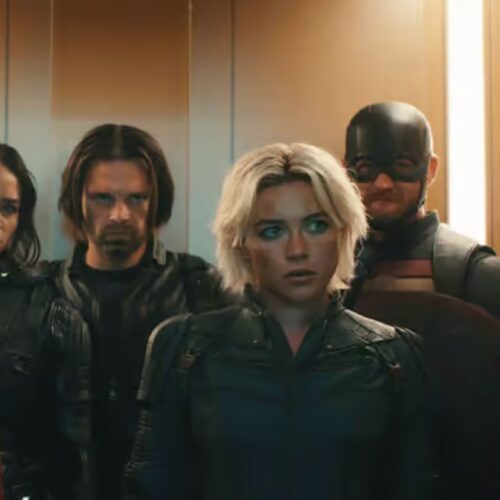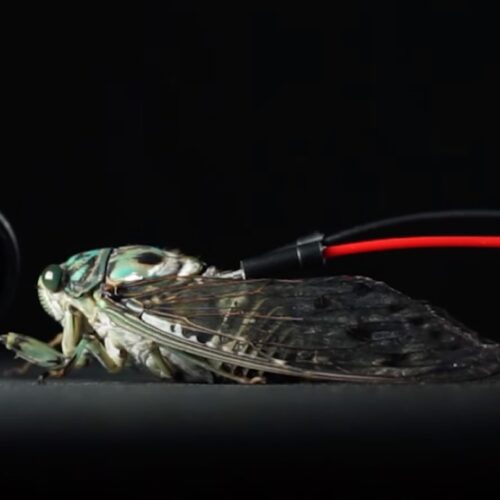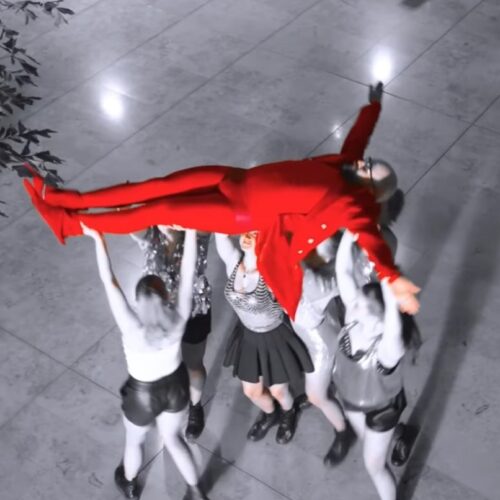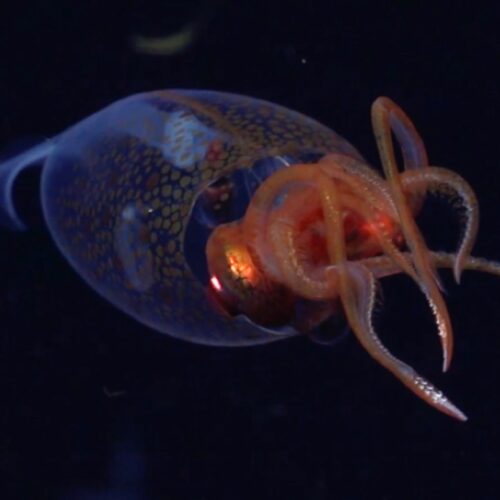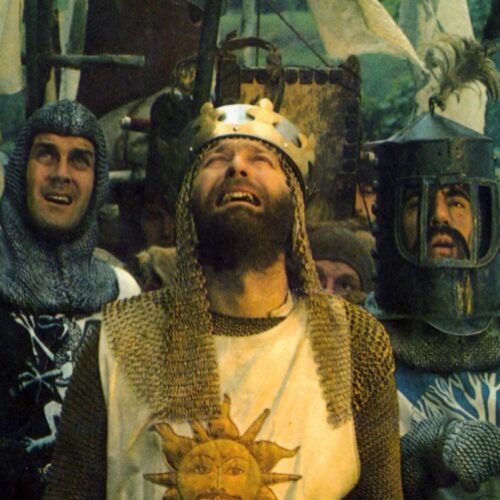Infrared contact lenses let you see in the dark
Tired of using bulky night vision goggles for your clandestine nocturnal activities? An interdisciplinary team of Chinese neuroscientists and materials scientists has developed near-infrared contact lenses that enabled both mice and humans to see in the dark, even with their eyes closed, according to a new paper published in the journal Cell.
Humans and other mammals can only perceive a limited range of the electromagnetic spectrum (light), usually in the 400–700 nm range. There are creatures that can see in infrared (snakes, mosquitoes, bullfrogs) or ultraviolet (bees, birds), and goldfish can perceive both. But humans must augment themselves with technology in order to expand our range of vision.
Night vision goggles and similar devices have been around since the 1930s, including infrared-visible converters, but these require external energy sources, and the converters have a multilayer structure that makes them opaque and hence challenging to integrate with a human eye. The authors previously were able to confer near-infrared vision to mice by injecting nanoparticles that bind to photoreceptors into their eyes—basically creating a near-infrared nanoantenna—but realized that most people would be averse to the prospect of sticking needles in their eyes. So they looked for a better alternative. Contact lenses seemed the obvious choice.


© Yuqian Ma, Yunuo Chen, Hang Zhao


